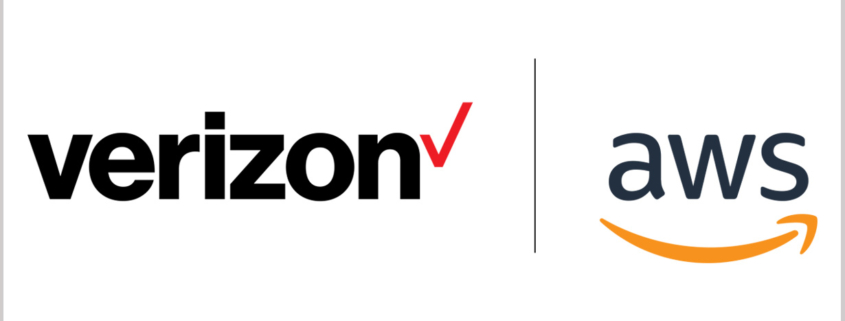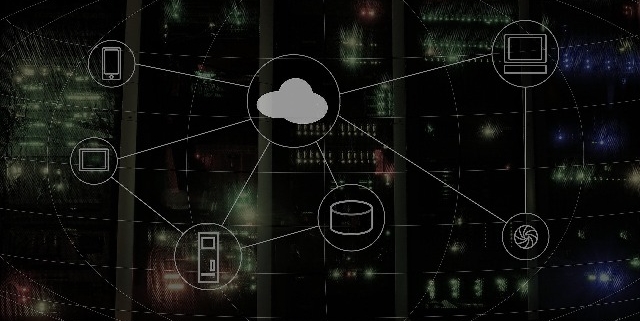Here’s How the Most Famous Hackers Pushed Computing to the Limits
Today, computer hacking and ransomware are common occurrences. Just this week, the U.S. managed to seize back $6 million paid in a ransomware attack against multiple companies. However, there was a time before organized groups of hackers operated out of windowless offices around the world seeking financial or political gains; this was a time when most hacking was conducted by lone teenagers working out of bedrooms in their parents’ houses, whose only goal was the sheer joy of accessing information.
Below, we’re going to take a look at some of the most famous — or, depending on your viewpoint, infamous — hackers of all time. But first, let’s delve into the history of hacking a little bit.
You could argue that the idea of hacking began at the Massachusetts Institute of Technology during the 1950s and 60s, when the term “hack” was used for elegant or inspired solutions to problems. Many of these “hacks” were actually practical jokes. One of the most extravagant saw a replica of a campus police car erected on top of the Institute’s Great Dome. Over time, the term became associated with the early computer programming scene, at MIT and elsewhere.
From MIT, the term spread out into the general computing lexicon.
Hacking as we know it began in the early 1970s with the increase in the use of mainframe computers and distributed computing. Early adopters of those technologies were government organizations and the military, and the Air Force conducted the first-ever penetration test of their systems in 1971, using what became known as “Tiger Teams”.
In 1980, the New York Times described hackers as, “technical experts; skilled, often young, computer programmers, who almost whimsically probe the defenses of a computer system, searching out the limits and possibilities of the machine”. Early hacker groups included the 414s — a group of six Milwaukee teenagers who, between 1982 and 1983, broke into computers at US institutions ranging from the Los Alamos National Library to the Security Pacific Bank, using cheap PCs, analog modems, and simple password-hacking techniques.
By 1982, groups like the Legion of Doom, Masters of Deception, and Cult of the Dead Cow had turned hacking into a…



